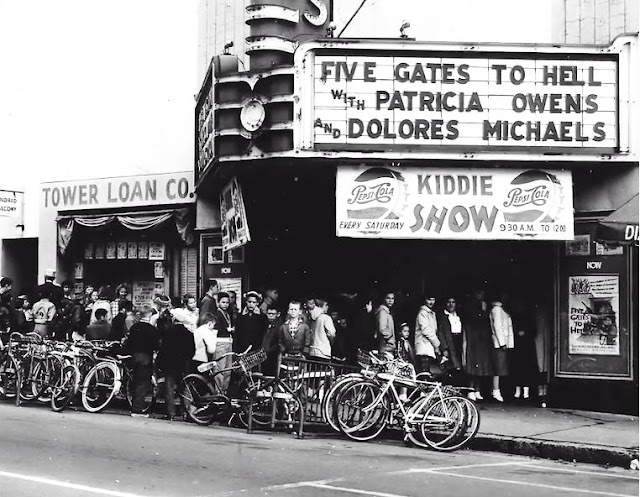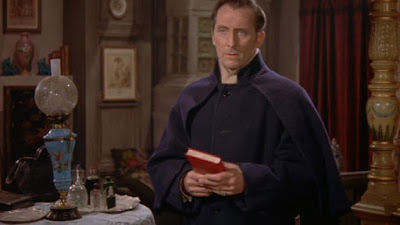This Woman's World Now a House Of Strangers
How Many Do You Know That Would Recognize a One of Them?
 |
| $125 K in 1954? That's Over $1.1 Million Today |
 |
| Jean Negulesco Directs Cornel Wilde and June Allyson |
 |
| Forget What Andrew Sarris Wrote --- Jean Negulesco's Cinemascope Pics Are Swell |
Here’s the plan, utterly impractical as it is, but close as you’d get to making Woman’s World a meaningful sit. First show them what car design was like in 1954. There are product and promo reels on You Tube to help. They are time capsules of vanished style and technology. Did I forget to mention that Woman’s World takes place at a Gotham nerve center of auto manufacture with Clifton Webb as the tycoon owner seeking a second in command, to be picked from three couples auditioning? They are Fred MacMurray/Lauren Bacall, Cornel Wilde/June Allyson, and finally Van Heflin and Arlene Dahl. A knowing Webb looks as close at wives as their applicant mates. He realizes that it is indeed a woman’s world in terms of influence they wield over husbands, but Woman’s World does not imprint this with a heavy hand, being comedy at its root and dedicated more to fashion of the moment, as in 1954, and how best to amuse a casual consumer of films during that year. I should mention the obvious … that Woman’s World is a delightful show and as good a capture of high life in the year I was born than any more celebrated title that comes to mind. Why else would I compose such an exhausting primer on how to present it?
Back to my scheme then: Don’t give them Woman’s World cold. Start with introductory work its cast did before and after. For Clifton Webb, run Laura, maybe Dreamboat, certainly Titanic. Your individual or group will then love and anticipate him going into Woman’s World. June Allyson in Executive Suite, The Glenn Miller Story, The Girl in White (a favorite, if obscure). Tell how Executive Suite came out but months ahead of Woman’s World, latter a froth doppelganger. Similar comparison can be made with Van Heflin and way-darker Patterns. Cornel Wilde will be the challenge. Introduce him as the Great Sebastian, or Chopin, or one of the Columbia sword shows? The Naked Prey would not be amiss to show range. Anyway, you get the idea as it could apply to whole of Woman's World cast. Trouble is sheer heft of such a project, and all to make familiar ground of one movie. Sometimes too, even past familiarity can backfire. I once ran a hard-got 16mm print of Since You Went Away to my sister, who said on seeing Joseph Cotton, “Oh no, there’s that Uncle Charlie” (we had, the week before, watched Shadow of a Doubt). Impressions from past work feeds into each thing we see actors do. That was never so true as during the Classic Era (or should I just call it the Studio Era, as they certainly weren’t all classics). We embrace an ongoing star persona as much, or more, than whatever individual part they take. At least it was that way when fame was built on contract and merchandising foundations. For we who hang on by life raft that is TCM, the process yet thrives. Start-to-finish knowing of star lives and careers enrich Woman’s World and all the rest of an increasingly remote past. An enchanted place to be, even as it widens gulf between us and those we’d induct to embrace of old film, if only we could. Woman’s World is available on Blu-Ray. Get it by all means, and wallow.
















































